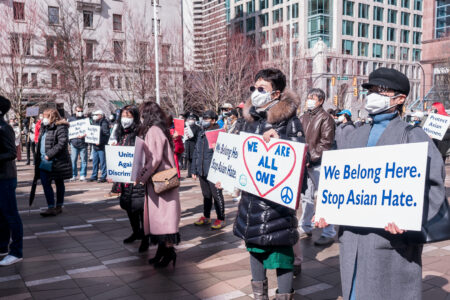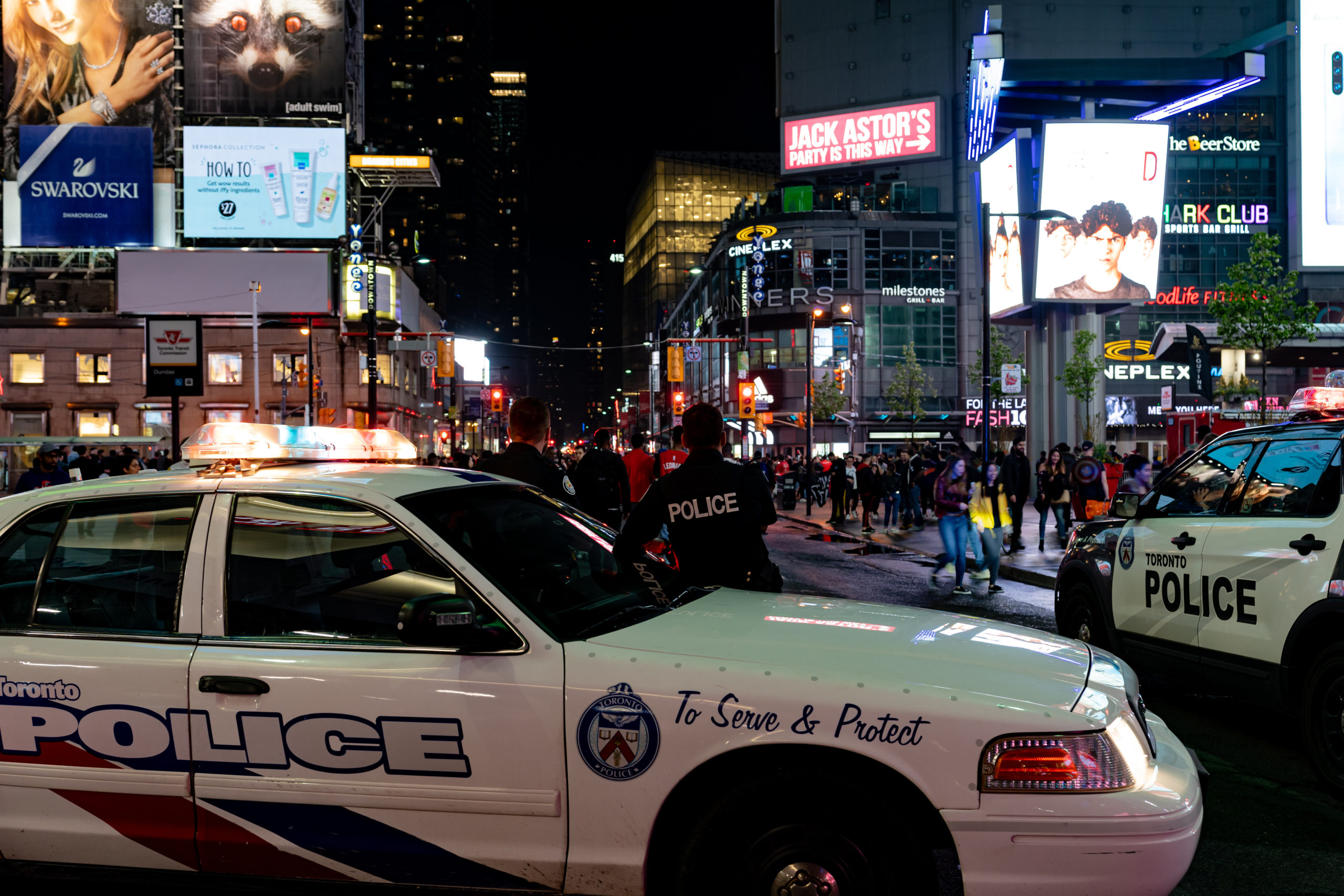
Policing in Canada is bound by the rule of law – the same rules apply to police and the policed alike. When police act (or appear to act) outside the limits of the law, community trust and the legitimacy of the police can be strained. When police-public interactions result in death or brutality, confidence in the police and the criminal justice system can be undermined altogether.
These concerns are heightened for communities that have a history of distrust of the police due to over-policing and under-protection, particularly Black and Indigenous communities. In these cases, police accountability – especially in the form of external and civilian (i.e., non-police) oversight – can be essential to investigate and where necessary lay criminal charges against police officers.
Accountability is not only necessary for the policed, but it also benefits police officers themselves because it can promote professional integrity, trust between officers and contribute to better relationships with the communities that police are intended to serve.
With the creation of the Saskatchewan Serious Incident Response Team (SIRT) and the formal agreement between New Brunswick and Nova Scotia to co-administer a SIRT agency, all provinces in Canada aside from Prince Edward Island operate a police oversight body that is tasked with investigating police-involved deaths and other allegations of criminal activity. Most of these agencies are staffed by civilians, rather than active police officers, which helps to promote the integrity and independence of the investigations.
The RCMP needs comprehensive reform
During COVID-19, officials fell back on unnecessary policing
In general, these oversight bodies are modelled after Ontario’s Special Investigations Unit (SIU). Created in 1990, the SIU is responsible for investigating when a public-police interaction results in serious injury or death, when there are allegations of sexual assault or when an officer discharges a firearm at a person.
The SIU is widely considered to be the “gold standard” of police oversight models because of its independence from police departments. Our research evaluates how the SIU functions in practice and, more generally, how the Canadian legal system responds to the investigation and criminal prosecution of police officers.
We examined SIU investigations over a 15-year period where charges were laid against police officers. The results indicate there are many ways we can improve our police-oversight systems, including changing their mandates and ensuring greater transparency.
The majority of police officers charged by the SIU are male (more than 97 per cent), hold the rank of constable/detective and have more than a decade’s worth of policing experience (an average of 12 years). The complainants involved in these cases are most often young men, with the exception of sexual assault, where more than 90 per cent are women.
The SIU most frequently charges police officers for using excessive force against members of the public. In Canada, police use of force is not unlimited – anything that exceeds what is proportionate and reasonable to the situation constitutes assault. In 90 per cent of cases where officers are charged with assault, the incident occurred on duty, typically in the context of making an arrest, responding to calls for service or conducting a traffic stop.
The SIU began collecting and publishing race-based data only in June 2020. While our research predates the collection of race-based data, we know from decades of public advocacy and research that police use of force is applied disproportionately on particular communities. Indeed, a recent report found that Toronto Police Service officers use more force against racialized residents than white people – with Black people especially over-represented in use-of-force incidents.
The second most common charge laid by the SIU is sexual assault. Unlike the other areas of the SIU’s mandate, these offences frequently occur both on- and off-duty. Commonly, police sexual violence happens in encounters known as “driving while female,” where officers stop young, female drivers and coerce them into sexual acts. Police officers who are charged with sexual assault are typically co-charged with the offence of “breach of trust,” out of recognition that police-involved sexual assault constitutes one of the most egregious violations of the public’s trust.
It is rare for the SIU to charge police officers for interactions that lead to the death or near-death of a member of the public. In our study, we identified only eight such incidents. Perhaps the most prominent was in 2013, when the SIU charged former Toronto police officer James Forcillo for shooting and killing Sammy Yatim on a streetcar. Forcillo was convicted of attempted murder but is now on parole.
Across all areas of the SIU’s mandate, charged police officers are rarely convicted and sentenced. Thirty per cent of charges are withdrawn by Crown prosecutors. Of those cases that proceed to trial, 30 per cent result in acquittal. For those convicted, the most common sentence is an absolute or conditional discharge – which is among the most lenient sentencing options available.
The conviction rate is particularly low in sexual assault cases. Of 689 reports of sexual assault made to the SIU between 2005 and 2020, only 1.59 per cent led to an eventual conviction and sentence.
We find that investigations involving police officers as defendants are particularly challenging for the criminal justice system. First, police are criminal justice insiders; they have knowledge of the justice system and expertise in investigations, making them well-positioned to protect their self interest. Police officers are also much more likely to be perceived as credible by other justice system actors (such as prosecutors and juries). We contrast this with those who are more likely to experience police violence – individuals who are likely to have a criminal record, mental health disability, or struggles with addiction. All of these are characteristics that can undermine credibility and the ability to protect oneself. Crucially, these issues are more concerning when considering complaints of police officer-involved sexual assault, where complainants already face considerable barriers to reporting their victimization and in being perceived as credible by justice system actors.
Second, the lack of independent and corroboratory evidence is another reason these cases are difficult to investigate and prosecute. Police generally work in isolation without direct oversight from superiors, and they wield authority and discretion over individuals. These factors not only facilitate misconduct, but also make it particularly challenging to investigate. Another complication is that complainants may not understand that they have been victimized, particularly when the victimization occurs through acts of “routine policing” such as traffic stops, arrests, pat-down searches and strip searches, where the conduct of the police was unjustified or beyond the scope of acceptable procedure. These concerns are particularly relevant for officer-involved sexual assault.
Rape myths and sexism still cloud police responses to sexualized violence
How can we improve police oversight systems? One of the biggest barriers to effective police oversight is the lack of transparency from oversight bodies. Many members of the public do not understand how police oversight functions, who works for the oversight bodies and the consequences that officers face when charged and convicted. A similar problem lies in the lack of public data regarding police use of force and officer-involved or officer-perpetrated killings. Police oversight bodies themselves could do much in the way of public outreach and community engagement, instead of being largely reactive and investigatory bodies.
The mandate of oversight bodies could be re-examined. For example, the SIU cannot make recommendations or require policy changes of police departments, regardless of whether its investigations uncover systemic issues, patterns of abuse of police power or officers subject to repeated oversight investigations. Oversight investigations follow the standard of criminal fault, a narrow and necessarily high threshold. However, simply because the officer’s conduct did not warrant a criminal charge does not mean that the officer’s actions were not improper or inappropriate. Providing an adequate response and systemic tracking of such cases can help to create early-warning systems and potentially prevent future abuses from occurring.
Police accountability and civilian oversight are vitally important aspects of our justice system. If the way police oversight functions in practice – including how it responds to allegations of police criminality – serves as the ultimate test for accountability, our research suggests that there is much room for improvement. It is our hope that the empirical record provided here can lead to improvements for the system of accountability and its transparency to the public.












